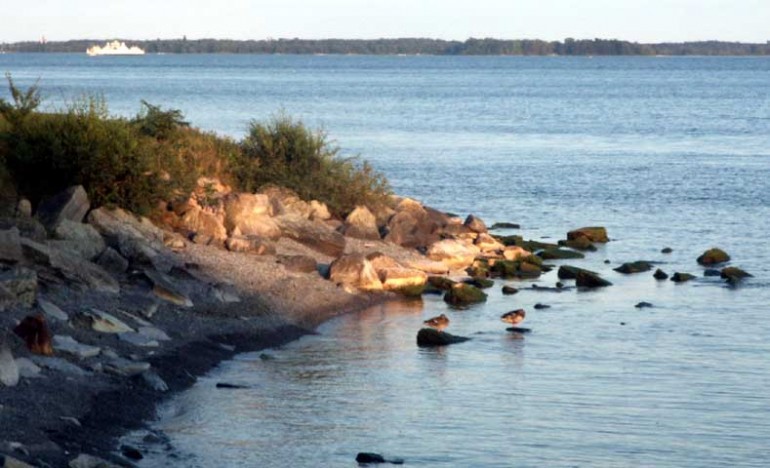By Comfort Obeng
A new report on Tuesday sounded the alarm about pollution in the Great Lakes and about government neglect of Canada’s freshwater sources.
Successive federal governments “have bought into the myth of water abundance and have allowed serious deterioration
of our lakes, rivers and groundwater,” said the report from the Council of Canadians.
Emma Lui, who works with the council, told Humber News the report “talks about the decrease in renewable water in southern Canada.”
The report is called Blue Betrayal: The Harper Government’s assault on Freshwater.
Voting is key and most importantly because people really do have the power to elect a government that is going to commit to water protection, Lui said on Tuesday.
She also said it’s important for people to push their members of parliament, and any candidate in their riding, to let them know that water protection is important.
“There has been a decline of about 8.5 per cent over the last three decades and it’s something that we should learn from Brazil,” she said.
“They were one of the most water rich countries around the world and now their most populated city is going through historical levels of drought,” said Lui.
“If it can happen there it can absolutely happen here,” she said.
Humber News spoke to Mark Mattson, president and founder of Lake Ontario Waterkeeper, who agreed there is a problem with pollution in the Great Lakes.
“It happened with Toledo this year,” he said, which was the first time “we’ve ever seen a major city not be able to drink water from the Great Lakes,” he said.
“That was a real wake up call,” he said.
Mattson, whose group is based in Toronto, said the Great Lakes supply up to 20 per cent of our fresh water in North America and they also account for 90 per cent of all U.S. surface fresh water.
“Chemicals are increasing, micro bead plastics are increasing, pharmaceuticals are increasing,” he said.
The problems in Toledo last summer showed that phosphorus and blue algae, which can shut down water supply, is again a problem in the Great Lakes, said Mattson.
“It all starts with understanding,” he said.
The council recently launched a pledge to protect Canada’s lakes and rivers.
They’re asking the public to take a photo at their local river that is no longer protected under the navigation protection act and call on their member of parliament to commit to re listing that local lake or river.


